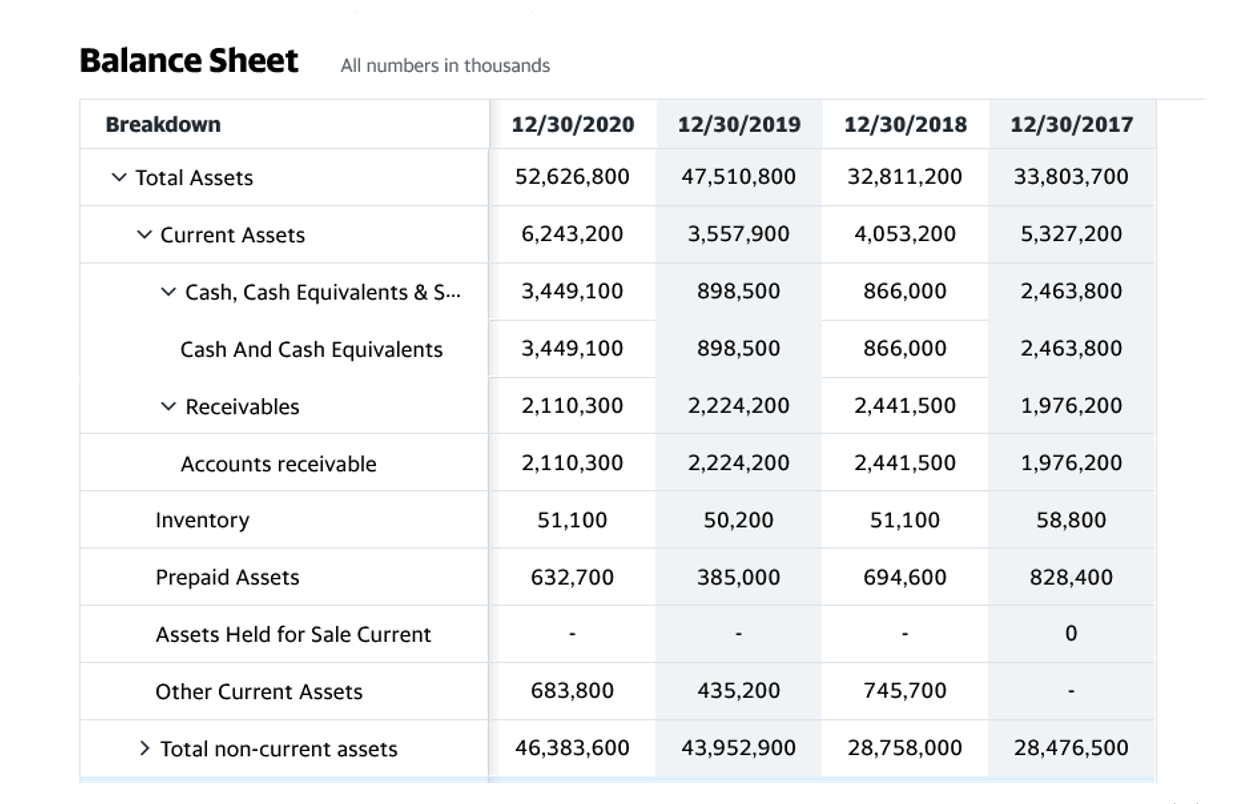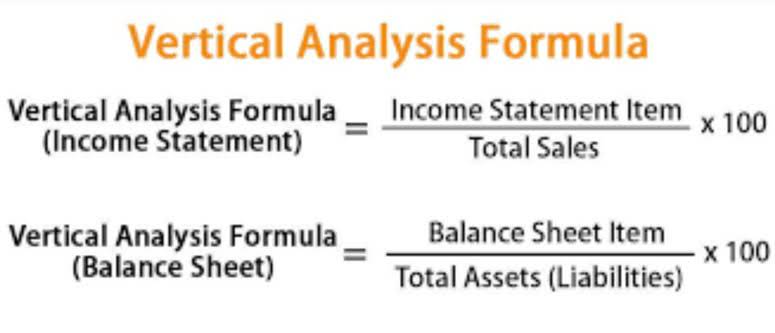
You have the following transactions the last few days of April. Take self-paced courses to master the fundamentals of finance and connect with like-minded individuals. A financial professional will offer guidance based on the information provided and offer a no-obligation call to better understand your situation. Our mission is to empower readers with the most factual and reliable financial information possible to help them make informed decisions for their individual needs.
Bookkeeping
A T account (or general ledger account) is a graphical representation of a general ledger account. The general ledger is an accounting report that sorts and records a business’ financial transactions, by account. A T account resembles the letter https://www.bookstime.com/ T and visually represents the debit and credit entries of financial transactions. Gift cards have become an important topic for managers of any company. Understanding who buys gift cards, why, and when can be important in business planning.
The Financial Modeling Certification

Our goal is to deliver the most understandable and comprehensive explanations of financial topics using simple writing complemented by helpful graphics and animation videos.
What Are T Accounts and Why Do You Need Them?
- A T-account is used to track specific transactions, while the balance sheet is a summary of a company’s overall financial position.
- It’s impossible to provide a complete collection of examples that addresses every financial transaction with the corresponding T account.
- More detail for each of these transactions is provided, along with a few new transactions.
- When you’re running your own business, you probably don’t have a ton of spare time to journalize transactions and write down T accounts into the ledger by hand.
- Since so many transactions are posted at once, it can be difficult post them all.
- It includes a list of all T-accounts and their balances, providing a comprehensive view of a company’s financial position.
A journal keeps a historical account of all recordable transactions with which the company has engaged. In other words, a journal is similar to a diary for a business. When you enter information into a journal, we say you are journalizing the entry. Journaling the entry is the second step in the accounting cycle. Every corporation transaction is recorded in at least two accounts, with one account obtaining a “debit entry” and the other receiving a “credit entry” in a double-entry accounting system. A T-Account records the debits and credits that affect an account, as well as the running balance of the account.

The main thing you need to know about debit and credit entries is that they are the equal and opposite sides of a financial transaction. They’re simply words representing where cash is coming from, and where it’s flowing to, within a business. In double-entry bookkeeping, every t account balance transaction affects two accounts at the same time (hence the word double). One of these accounts is always debited, while the other always credited. Because T accounts are posted into the General Ledger of a business, they’re also commonly recognized as ledger accounts.
What are T accounts?
11 Financial may only transact business in those states in which it is registered, or qualifies for an exemption or exclusion from registration requirements. For more resources, check out our business templates library to download numerous free Excel modeling, PowerPoint presentations, and Word document templates. To learn more about inventory, see our Inventory and Cost of Goods Sold Outline.
My bank account is credited £4000, whilst the accounts payable account is debited £2000 and rent is debited £2000. Therefore, both debits and credits are equal in this transaction. As you can see, all of the journal entries are posted to their respective T-accounts. The debits for each transaction are posted on the left side while the credits are posted on the right side. In this example, the column balances are tallied, so you can understand how the T-accounts work. The account balances are calculated by adding the debit and credit columns together.
Depending on your own personal finances, this last one may be easier said than done — it certainly was for me during all the years I lived paycheck to paycheck. So that’s why it’s last on this list — the above three tips are a lot more useful for someone who doesn’t have a lot of money left over after the bills are paid. A current asset whose ending balance should report the cost of a merchandiser’s products awaiting to be sold. The inventory of a manufacturer should report the cost of its raw materials, work-in-process, and finished goods.
- You notice there is already a credit in Accounts Payable, and the new record is placed directly across from the January 5 record.
- Chartered accountant Michael Brown is the founder and CEO of Double Entry Bookkeeping.
- However, since debits and credits are entered at the same time, these kinds of mistakes can be easier to catch if the accountant checks his numbers after every journal entry.
- And you may be charged an annoying fee when that happens, too.
- The left column is always the debit column while the right column is always the credit column.
Many people starting out learning accounting get mixed up with their debits and credits. Luckily there is an easy way to keep it straight at an account level. We will look at what T accounts are and how to use them so you can grasp accounting easier. The t-account is often used as a useful tool for accountants and students in analyzing company accounts or in solving accounting problems.

Example 1 – Selling a coffee

The total difference between the debit and credit columns will be displayed on the bottom of the corresponding side. In other words, an account with a credit balance will have a total on the bottom of the right side of the account. T-accounts can also be used to record changes to the income statement, where accounts can be set up for revenues (profits) and expenses (losses) of a firm. For the revenue accounts, debit entries decrease the account, while a credit record increases the account. On the other hand, a debit increases an expense account, and a credit decreases it.



